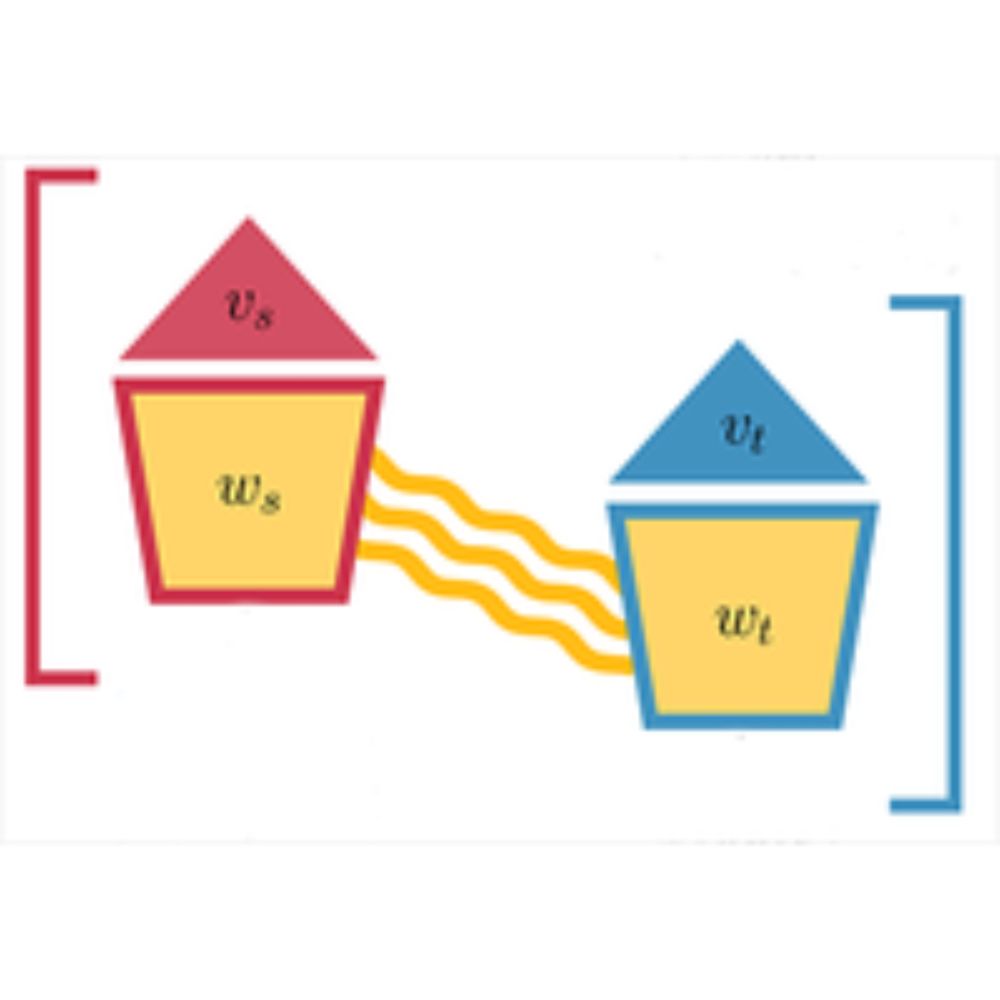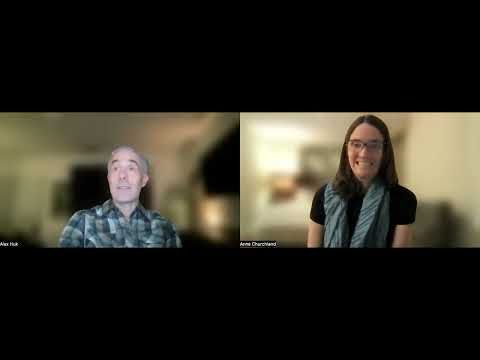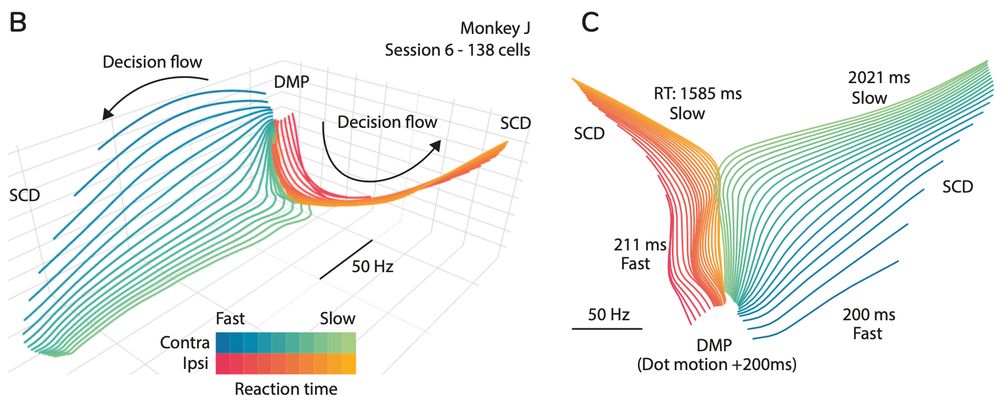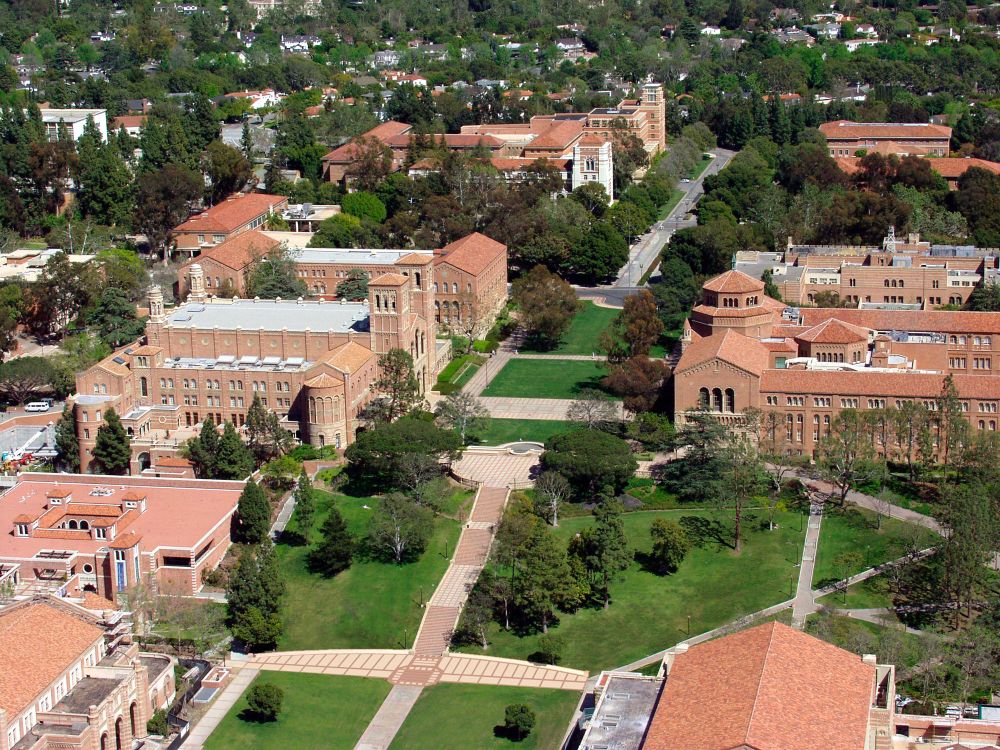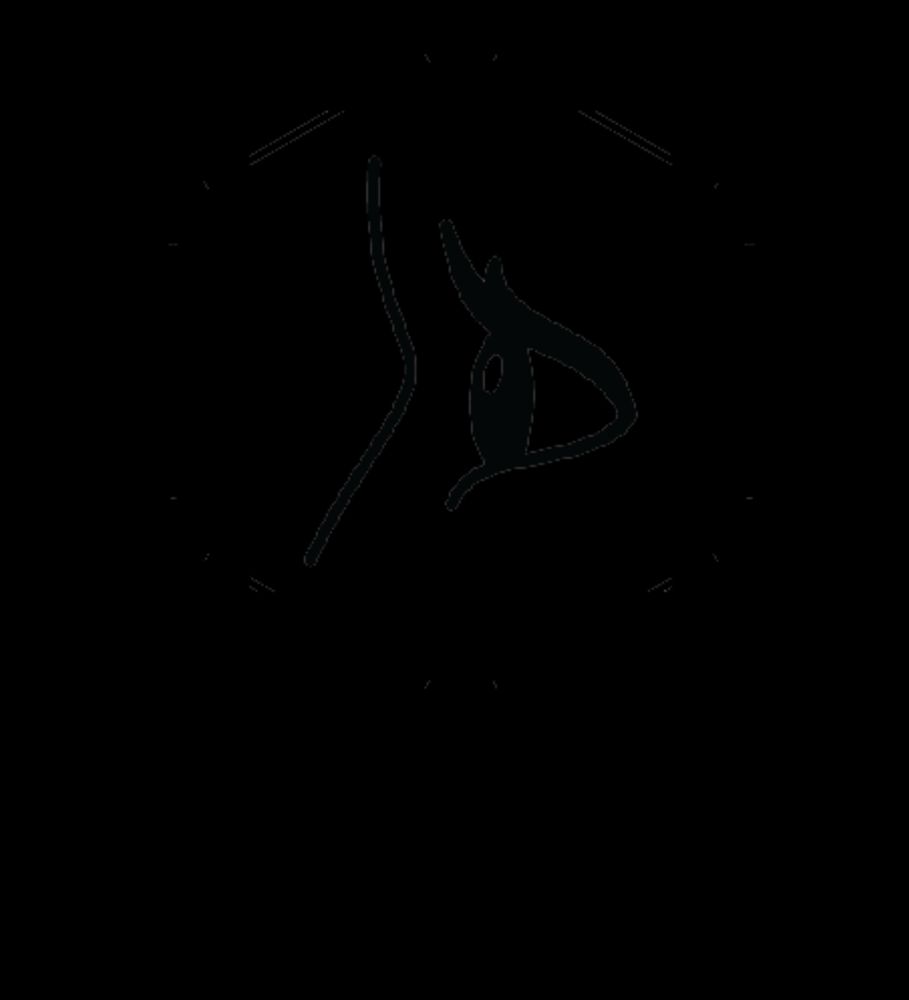Mario Dipoppa
@mariodipoppa.bsky.social
450 followers
370 following
7 posts
Assistant Professor in Computational Neuroscience @ UCLA
dipoppalab.com
Posts
Media
Videos
Starter Packs
Pinned
Mario Dipoppa
@mariodipoppa.bsky.social
· Dec 17
Reposted by Mario Dipoppa
Mario Dipoppa
@mariodipoppa.bsky.social
· May 21
Reposted by Mario Dipoppa
Ling-Qi Zhang
@lingqiz.bsky.social
· Apr 24
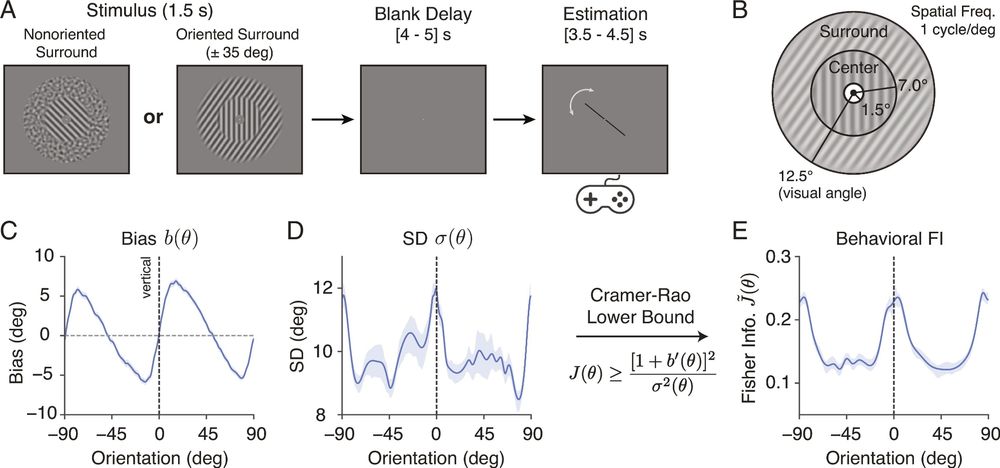
The tilt illusion arises from an efficient reallocation of neural coding resources at the contextual boundary | PNAS
The tilt illusion—a bias in the perceived orientation of a center stimulus induced
by an oriented surround—illustrates how context shapes visual pe...
www.pnas.org
Mario Dipoppa
@mariodipoppa.bsky.social
· Apr 24
Reposted by Mario Dipoppa
Mario Dipoppa
@mariodipoppa.bsky.social
· Mar 25
Matteo Mariani
@matteomariani.bsky.social
· Mar 25

A universal power law optimizes energy and representation fidelity in visual adaptation
Sensory systems continuously adapt their responses based on the probability of encountering a given stimulus. In the mouse primary visual cortex (V1), the average population response is a power law of...
www.biorxiv.org
Reposted by Mario Dipoppa
Reposted by Mario Dipoppa
Reposted by Mario Dipoppa
Mario Dipoppa
@mariodipoppa.bsky.social
· Dec 17
Reposted by Mario Dipoppa
Mario Dipoppa
@mariodipoppa.bsky.social
· Dec 16

Adaptation shapes the representational geometry in mouse V1 to efficiently encode the environment
Sensory adaptation dynamically changes neural responses as a function of previous stimuli, profoundly impacting perception. The response changes induced by adaptation have been characterized in detail...
bit.ly
Reposted by Mario Dipoppa
Mario Dipoppa
@mariodipoppa.bsky.social
· Dec 16

Adaptation shapes the representational geometry in mouse V1 to efficiently encode the environment
Sensory adaptation dynamically changes neural responses as a function of previous stimuli, profoundly impacting perception. The response changes induced by adaptation have been characterized in detail...
bit.ly
Mario Dipoppa
@mariodipoppa.bsky.social
· Dec 16

Adaptation shapes the representational geometry in mouse V1 to efficiently encode the environment
Sensory adaptation dynamically changes neural responses as a function of previous stimuli, profoundly impacting perception. The response changes induced by adaptation have been characterized in detail...
bit.ly
Mario Dipoppa
@mariodipoppa.bsky.social
· Aug 19


